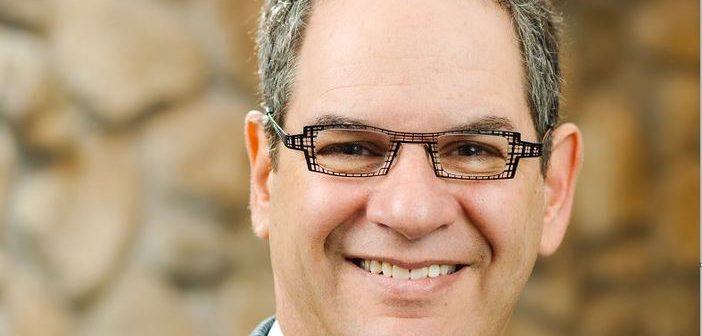by Scott Joslove, president and CEO of the Texas Hotel & Lodging Association
For many years, hoteliers across the country have fought to keep local hotel occupancy taxes low and to ensure that the hotel occupancy taxes are only used for the purposes outlined under state law. However, achieving success in either of these areas is not easy.
Historic Challenges: Communities are increasingly seeking to raise local hotel occupancy taxes to their maximum levels in order to generate new local revenue. These tax increases can often be accomplished simply through a majority vote of a city council and/or a local election ballot item on the issue. In both cases, local hotel occupancy tax increases are almost uniformly approved, because they hold the distinction of being one of the only taxes that can be approved by voters who get the local benefit, but are not the taxpayers who foot the bill. Instead, it is the hotel guests and the hotel industry who have to collect and absorb this tax burden.
And to make matters more challenging, many communities collecting city and/or county hotel taxes spend relatively little of their local hotel taxes to directly promote hotel activity. Instead, they are spending this revenue increasingly on city general fund programs that have little to no direct impact on the hotel and tourism industry.
What can the hotel industry do? In California, Texas, and a cadre of other states, hoteliers are banding together to create Tourism Public Improvement Districts (TPIDs), also known as Tourism Improvement Districts (TIDs). These districts generally require a petition to be signed by a majority of the hoteliers within the district, as well as approval of the district’s creation by the local government for that area.
What is the difference between these tourism districts and other entities overseeing local hotel taxes? Tourism Public Improvement Districts are generally controlled by a board of directors that is solely composed of area hoteliers. This means that the hotel industry that raises the funds also controls the expenditure of the funds. For example, the Dallas Tourism PID (DTPID) now generates an excess of $15 million annually to promote conventions and increased business and leisure travel to the city. And it is doing so with unparalleled success. Each dollar that has been expended in incentives by the DTPID has generated an average of $26 in room nights. The district has been instrumental in doubling the city’s conversion rate for securing conventions. It has also facilitated a 17 percent increase in occupancy on average throughout the city.
Where do tourism districts get their funding? The funding for tourism districts is generally from a Tourism PID fee that is charged on each room night folio. In other words, the charge is accomplished through a pass-through fee to the guest, with no out of pocket cost to the hotel. For example, in Dallas, Fort Worth, and in Arlington, TX, the districts are funded by a two percent tourism PID fee on each room night sale that is subject to local hotel tax. Similar districts are also in the process of being formed now in Austin and San Antonio, TX.
Key to Success of These Districts: The positive results of the tourism public improvement districts in Texas and in other states shows that there are no better judges of how to effectively promote hotel activity than area hoteliers. The acumen of these tourism districts is directly related to the fact that they are initiated and overseen exclusively by the area hoteliers, in partnership with their local destination marketing organization. If you don’t have a Tourism Public Improvement District that has been formed in your community, look into whether there is statutory authority for creating such a district within your state and community. If your area lacks such authority, consider working with your state advocacy groups to pass such legislation. The Lodging Industry is well served when we seek out and embrace the opportunities to take our future into our own hands; Tourism Public Improvement Districts are proving to be such an opportunity with transformative results


